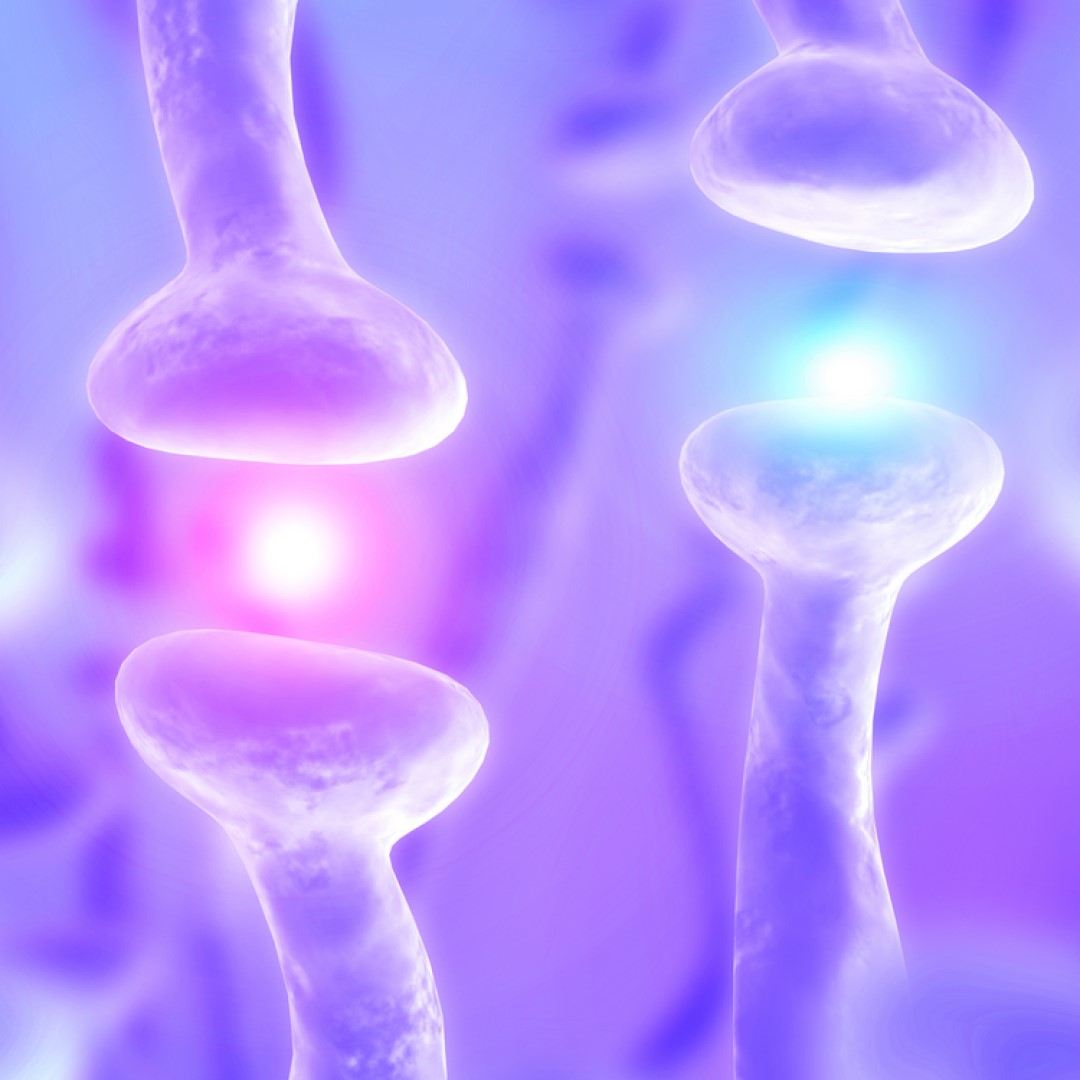
Philip Seeman reported the discovery of antipsychotic/dopamine receptors, paving the way for new medicines
In 1974, Professor Philip Seeman MD, PhD, DSc FRSC, Order of Canada, an ACNP Member Emeritus reported the discovery of antipsychotic/dopamine receptors, paving the way for new medicines.
Dr. Seeman was a towering icon of neuropsychiatric research. Inspired by his beloved wife and psychiatrist Dr. Mary V. Seeman, Philip became intrigued with schizophrenia pathophysiology. With the advent of effective antipsychotic drugs (e.g., haloperidol), he surmised that their targets could guide the path towards illuminating the pathology of schizophrenia. He acquired a radiolabeled form of haloperidol from its inventor, Dr. Paul Janssen.
In 1974 he reported a seminal discovery that captivated the field of schizophrenia research: antipsychotic medications bound haloperidol-labeled sites at concentrations and with a rank order of potencies that correlated with the mean daily antipsychotic doses taken by patients with schizophrenia. He named the sites antipsychotic/dopamine receptors (later designated dopamine D2 receptors), based on the potency of dopamine.
This achievement provided direct evidence for dopamine receptors, their relevance to antipsychotic drug activity and schizophrenia. It transformed dopamine receptor research by enabling in vitro screening for new antipsychotic drugs, by catalyzing the discovery of five dopamine receptor subtypes by cloning, and investigation of receptor subtype relevance to schizophrenia, Parkinson’s disease, Huntington’s Disease, addictive processes and endocrine disorders.
Current evidence indicates that polygenic mutations, brain injury, drug use, prenatal infection and malnutrition, social isolation and marginalization, are associated with symptoms of schizophrenia. Nonetheless, dopamine circuits are likely to constitute a final common route to many of the clinical symptoms, as they generally are alleviated by drugs that block dopamine D2 receptors.
Tags:
Source: Nature
Credit:
